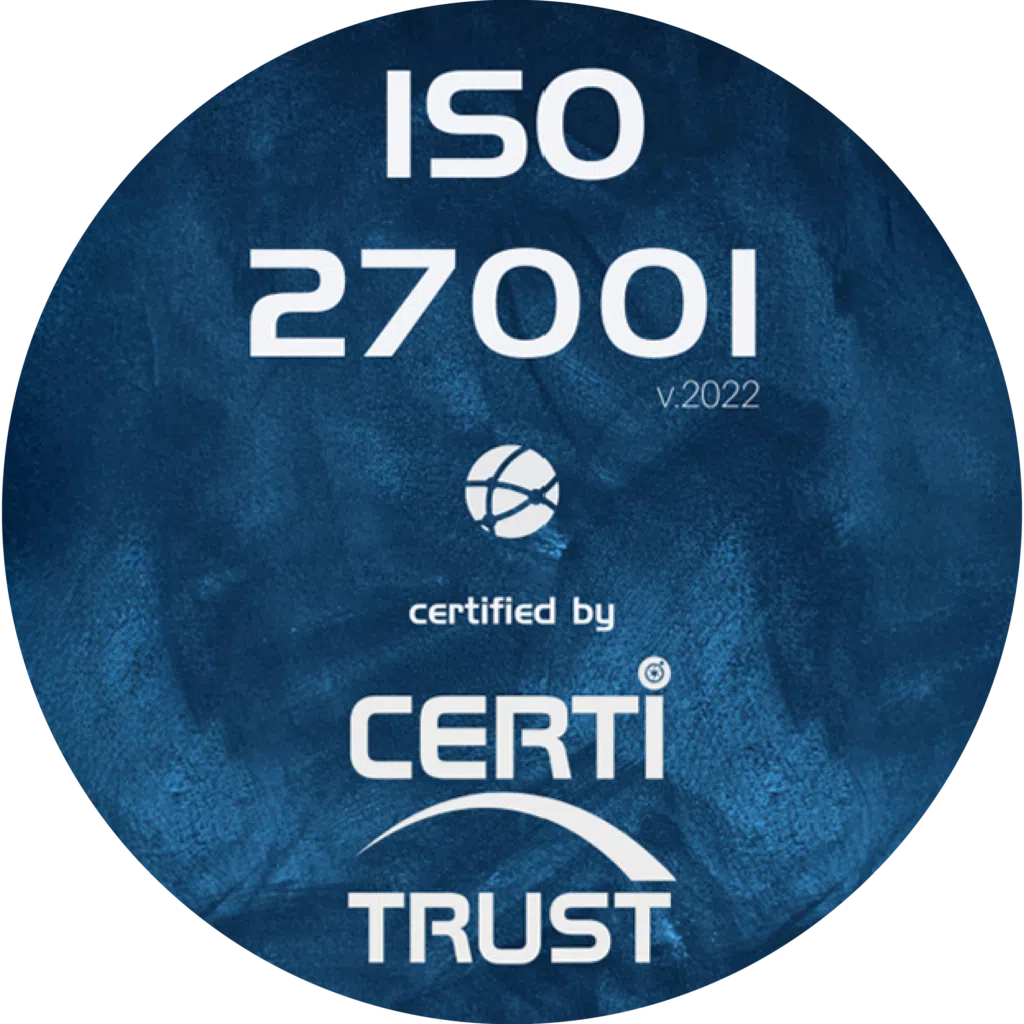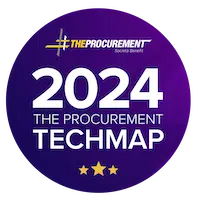Today we’re going to be talking about unplanned purchases, those unforeseen and often unexpected expenses that can pose serious challenges for businesses of all sizes.
Have you ever been faced with unplanned and unexpected purchases in your business, and wondered how to manage them effectively? If so, you’re not alone. Welcome to the complex world of unplanned purchasing, a world where urgency reigns and where the usual purchasing policy is often put to the test.
In this article, we’ll explore this phenomenon, understand why this type of purchasing poses so many problems for buyers and, above all, discover strategies for finally getting to grips with it.
What is unplanned purchasing?
So, what exactly are these famous unplanned purchases? We’re talking about all those products and services that companies need on an ad hoc and irregular basis to deal with the unexpected. Often, these purchases are made as a matter of urgency and do not comply with the company’s purchasing policy.
These purchases, although necessary, represent a real headache for purchasing departments, as it is extremely difficult to identify them and therefore to optimise their management. In fact, more than half of indirect purchasing professionals cite uncontrolled purchasing as one of their main problems today.
So how can unregulated purchasing still exist?
- Lack of clarity: Sometimes employees are unaware of the company’s purchasing policies and procedures. Without clear and accessible guidelines, they can end up making decisions without consulting the purchasing department.
- Lack of approved suppliers: In some cases, the company may not have approved suppliers who can meet an employee’s specific needs. This can lead to purchases being made from non-approved suppliers.
- Long approval times: In other cases, the company’s official purchasing process may be too slow to meet urgent needs. This can encourage employees to bypass the process to get what they need more quickly.


Unplanned purchases and their characteristics
Now that we have defined what unplanned purchasing is, let’s look at its characteristics:
- Uncontrolled purchases: Uncontrolled purchases are often unstructured and may be made from non-referenced suppliers, via an unapproved channel or at a price other than the negotiated price. These purchases can be a real headache for purchasing departments!
- High administrative costs: You may be surprised to learn that unauthorised purchases alone account for 80% of administrative costs. Imagine the number of suppliers to be created and managed, transactions to be processed, deliveries to be organised… It’s a colossal job! And of course, that translates into high administrative costs.
The impact of unregulated purchasing on businesses
You might think that these purchases are too trivial to have a real impact on a company’s cash flow. However, the financial implications of uncontrolled purchases can be considerable.
The administrative costs associated with managing these purchases can add up quickly, not to mention the potential loss of economies of scale. What’s more, the lack of control over these purchases makes them difficult to identify and manage, which can disrupt the company’s overall purchasing process.
And that’s not all! Uncontrolled purchases can also have an impact on the relationship between a company and its suppliers. More specifically, these purchases can lead to a breakdown in the relationship of trust between the company and its regular suppliers, which in turn can affect the quality of the products or services supplied.
How can unauthorised purchases be controlled?
Faced with this challenge, there are two key strategies: optimising the supplier portfolio and implementing Procure-To-Pay solutions.
- Supplier portfolio optimisation aims to reduce the number of suppliers with whom a company does business. This rationalisation can improve visibility over expenditure, facilitate supplier management and enable the company to benefit from better rates thanks to higher purchasing volumes.
- Procure-To-Pay solutions, on the other hand, offer a centralised platform for managing the entire purchasing process, from requisition to invoicing and payment. They can help reduce administrative costs, improve compliance and streamline processes.
Of course, implementing these strategies is not without its challenges. There is often an aversion to change within businesses, particularly among those who are used to doing their own purchasing. However, there are several ways of overcoming these obstacles:
- Internal education: It is vital to make employees aware of the importance of purchasing management and the risks associated with unregulated purchasing. Regular training and clear communications can help to promote greater understanding and support for this issue.
- Management involvement: Management support is essential to encourage change. If management understands the importance of controlling unplanned purchases and actively supports efforts to do so, it will be easier to overcome these changes.
- Partnering with suppliers: Working closely with suppliers can help ease the transition to new purchasing processes. For example, if a supplier is willing to work with the company to deploy Procure-To-Pay solutions, this can greatly facilitate the management of uncontrolled purchases.
Managing unplanned purchases is a complex challenge, but with the right strategies and tools, it’s entirely possible to keep them under control. That’s why procurement management software has become an indispensable tool for companies looking to control spending and improve compliance.
Software such as Weproc automates and streamlines the purchasing process, making it much easier to comply with established purchasing policies. Employees have access to a centralised platform where they can make purchase requests, consult approved suppliers and track their spending, reducing the risk of unauthorised purchases and ensuring better management.
The bottom line is that ‘unplanned purchasing’ is not an insurmountable problem. With a clear understanding of the problem and a solid strategy, we can turn it into an opportunity to improve your operations and make savings.
Want to learn more about our Weproc procurement management software?
Contact us or request your 15-minute demo below!








